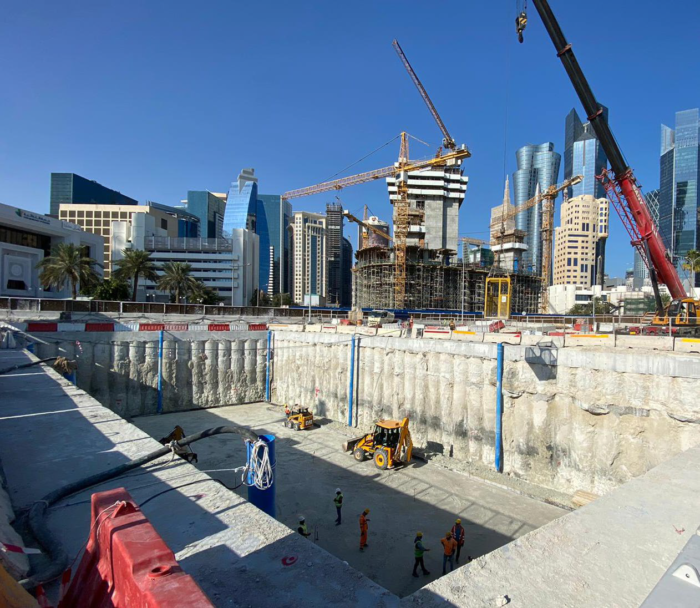Water serves a broader purpose beyond meeting supply and demand. It plays a significant role in shaping the identity of a city, providing amenities, ecosystem services, and contributing to urban revitalization. Cities worldwide are exploring how their waterways can serve as conduits for building greater resilience and act as critical habitats, social spaces, commercial hubs, and transportation corridors (Kaner, 2019). The City of Cape Town envisions a water-sensitive city that celebrates the interconnectedness of people, nature, and water, with a deliberate focus on design. In its Water Strategy (2019), the City has committed to transitioning to a water-sensitive city by 2040. While many of Cape Town’s waterways are currently in poor condition, there are some waterways that exhibit elements of livability. The City of Cape Town have developed and defined the concept of Livable Urban Waterways, a concept that has parallel references and conceptual framings to sponge cities and water sensitive cities (World Future Council, 2016). In this Study within the Sand River Catchment, GEOSS has characterized the hydrogeological setting, and unpacked the opportunities and implications of design interventions. These include the potential for the aquifer to accommodate flooding (by allowing interaction with the aquifer, and bank storage), for the channel to have acceptable water quality, have a functioning ecology and to be connected to the water table and floodplain (including environmental managed aquifer recharge applications).
Livable Urban Waterways Project – Hydrogeological Characterisation of the Sand River Catchment.










